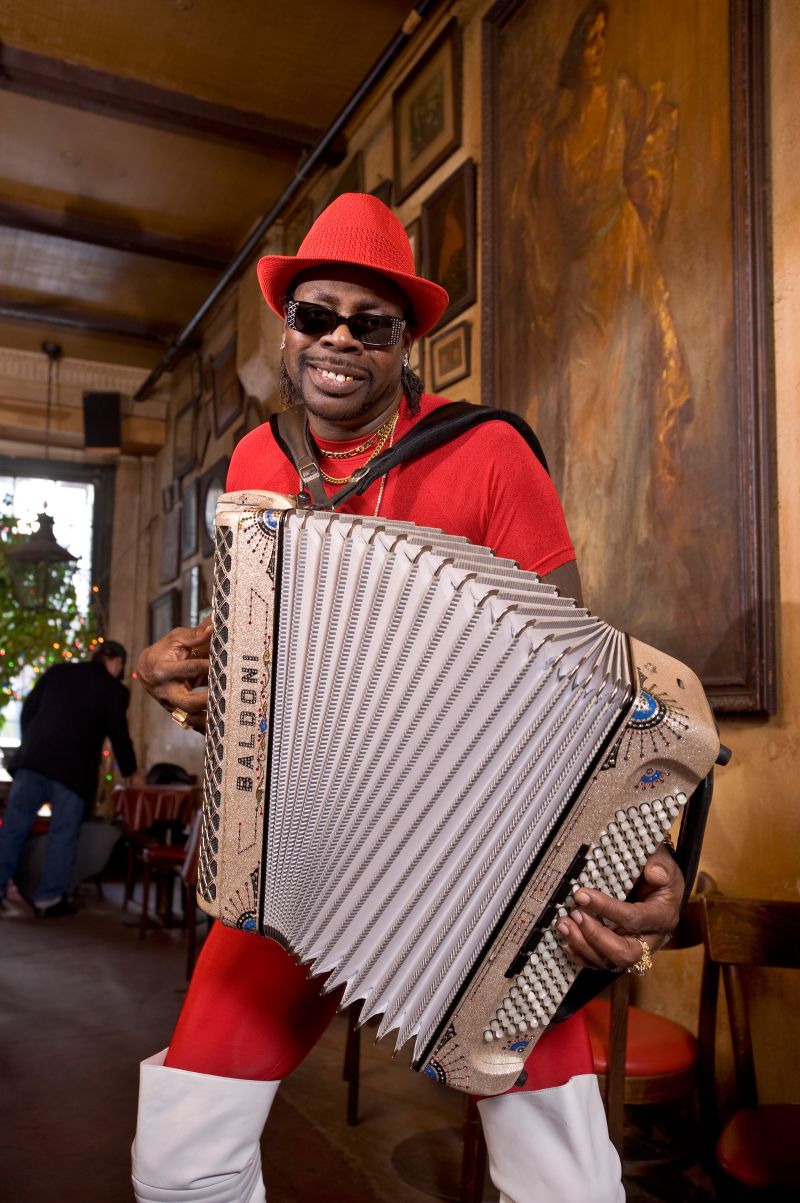Cajun and Creole Heritage of New Orleans
The culture of New Orleans is deeply intertwined with its Cajun and Creole culinary traditions, reflecting the city’s diverse heritage. Consequently, travelers seeking authentic experiences will find a delightful fusion of flavors, music, and history.
Influence of Cajun and Creole Cuisine
Cajun cuisine originates from the Acadian people, who settled in Louisiana in the 18th century. Conversely, Creole cuisine developed later, influenced by various international cultures, including French, Spanish, and African. This blend of traditions creates a unique culinary landscape.
Signature Dishes
- Gumbo: A hearty stew that embodies the rich culinary heritage of Louisiana. It can include various proteins and is often served over rice.
- Jambalaya: A flavorful one-pot dish that combines rice with meats, seafood, and vegetables.
- Beignets: These deep-fried pastries, often served with powdered sugar, are a must-try sweet treat. Originating from Acadian culture, they have become synonymous with New Orleans’s cuisine.
Musical Heritage
Moreover, the vibrant music scene in New Orleans is a vital element of its Cajun and Creole culture. Zydeco and Cajun music often bring people together in celebration.


Community Involvement
Community events often showcase traditional dishes prepared by local volunteers. For instance, meals like red beans and rice foster a sense of togetherness among residents and visitors alike.

Experience the Flavor
Whether indulging in local eats or enjoying live music, visitors to New Orleans can immerse themselves in a vibrant cultural experience that highlights the richness of Cajun and Creole traditions.

Conclusion
In conclusion, the culinary and musical heritage of New Orleans showcases the enduring legacy of Cajun and Creole cultures. Visitors and locals alike can savor the authentic tastes and rhythms that define this remarkable city.




